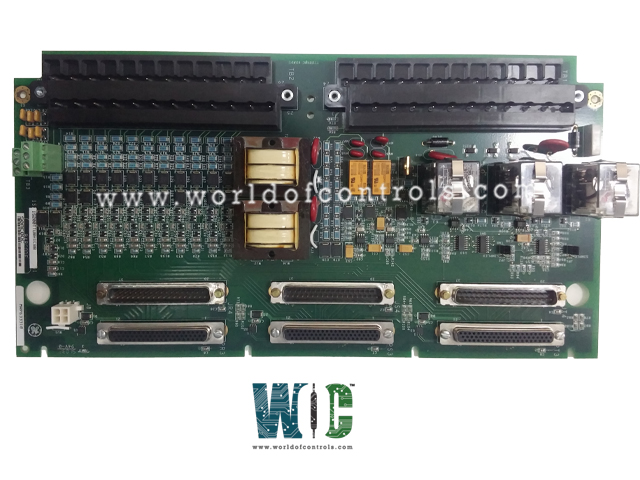
World Of Controls understands the criticality of your requirement and works towards reducing the lead time as much as possible.
IS200TTURH1CFD - Turbine Specific Primary Trip Board is available in stock which ships the same day.
IS200TTURH1CFD - Turbine Specific Primary Trip Board comes in UNUSED as well as REBUILT condition.
To avail our best deals for IS200TTURH1CFD - Turbine Specific Primary Trip Board, contact us and we will get back to you within 24 hours.
Part No.: IS200TTURH1CFD
Manufacturer: General Electric
Country of Manufacture: United States of America (USA)
Speed sensor range MPU pulse rate range: 2 Hz to 20 kHz
Speed sensor accuracy MPU pulse rate accuracy: 0.05percent
Speed sensor input circuit sensitivity: 27 mV pk
Size: 8.26 cm High x 4.19 cm Wide x 12.1 cm Deep
Temperature: -30 to 65 oC
Technology: Surface mount
Product Type: Turbine Specific Primary Trip Board
Availability: In Stock
Series: Mark VI
IS200TTURH1CFD is a Turbine Specific Primary Trip Board developed by GE. It is a part of the Mark VI control system. The Primary Turbine Protection Input terminal board is an essential component designed to interface with the VTUR module, facilitating comprehensive turbine protection functionalities. PTURH1A is compatible with the Turbine Terminal Board TTURH1C and the STUR board, but it is not compatible with the DIN rail-mounted DTUR or other TTUR boards.
The WOC team is always available to help you with your Mark VI requirements. For more information, please contact WOC.
What is IS200TTURH1CFD?
It is a Turbine Specific Primary Trip Board developed by GE under the Mark VI series.
How does the processor board initialize upon power application in the I/O pack?
Upon application of input power, the processor board undergoes a sequence of actions facilitated by a soft-start circuit. Initially, the voltage available on the processor board gradually ramps up. Subsequently, the local power supplies are sequenced on, and the processor reset is removed. Following this, the processor executes self-test routines and proceeds to load application code specific to the I/O pack type from flash memory.
How does the application code ensure compatibility with the I/O pack components?
The application code reads board ID information to verify the correct matching of application code, acquisition board, and terminal board. This validation process ensures that the components are appropriately configured and compatible for seamless operation.
What steps are taken to establish network communication after power-up?
After completing the initialization procedures, the processor endeavors to establish Ethernet communications. This process begins with a request for a network address, which is facilitated through the industry-standard dynamic host configuration protocol (DHCP). The unique identification read from the terminal board aids in this communication setup.
What tasks does the processor execute post-Ethernet initialization?
Upon successful Ethernet initialization, the processor proceeds to program the on-board logic, execute the loaded application, and enable the acquisition board to commence its operational functions. This comprehensive process ensures the efficient and effective functioning of the I/O pack within the system.